King Sejong the Great of the Joseon Dynasty, he who invented 14 consonants and 10 vowels that can be arranged to create all of the sounds in spoken Korean, he who is one of only two Korean rulers honored as "the Great", he who has been featured in 2 K-dramas and counting...
After exploring Gyeongbokgung, I didn't visit the Folk Museum again (but it's free anyway so I'd recommend a visit). But I made a quick visit to the National Palace Museum of Korea which reminds me of that in Taiwan, before crossing the road to Gwanghwamun Plaza is reminiscent of Tiananmen Square in Beijing (sans bag checks).
National Palace Museum of Korea
The current museum was opened in 2005, but its history dates back to 1909 when the "Imperial Household Museum" was founded by Emperor Sunjong in Changgyeonggung (hey, I visited this palace!). Korean dramas (and variety shows, k-pop...) have successfully stirred up the world's interest in all things Korean. Not all dramas are entirely historically-sound, but if they do make references to Korea's past, at least some part of it is true. Considering how Japan still has its Imperial Family and Chinese at least have their last emperor, I didn't occur to me that Korea once had its own monarchies. Until the advent of Korean dramas. K-dramas also taught me how closely intertwined the histories of Japan, Korea and China were.
The K-drama that came to my head while visiting (or revisiting) the Palace Museum is "My Princess" starring Kim Tae-hee and Song Seung-heon, about how a girl was actually a *gasp* princess (the great-granddaughter of the Joseon's Emperor Sunjong). So like me, if you find Korea's imperial history, or any history for that matter, this museum is for you!
This looks like the palace and its vicinity... Or is this the entire palace?
When Korea’s Joseon Dynasty was founded in 1392, work began immediately to build Gyeongbokgung royal palace in Seoul (경복궁). The area between Namsan (남산) and Bugaksan (북악산) mountains was deemed auspicious, so just three years later, Gyeongbokgung, or the “Palace Greatly Blessed by Heaven” was completed. Source
Gwanghwamun Plaza
This Plaza (or Square, though I don't think this is a reference to its shape, which is more rectangular) is right in front of Gwanghwamun (Hangul: 광화문; hanja: 光化門), the main and largest gate of Gyeongbokgung Palace (where the guard changing ceremony takes place).
The 6 sections of the Plaza you shouldn't (or can't) miss:
- The 6.2-meter high, 20-ton new bronze statue of King Sejong (or Sujong) the Great of Joseon, the fourth and most respected king of the Dynasty and creator of Hangeul, Korea's alphabet
- The Statue of Admiral Yi Sun-sin who led Koreans to victory during the Japanese invasions of Korea
- The 12.23 Fountain, commemorating the 23 battles Admiral Yi fought with 12 warships
- The sculpture of Haechi (a "unicorn-lion", the symbol of Seoul), a flower carpet, and Yeoksamulgil ( or the "Waterway of History") on either side of the square.
Other interesting things:
- The 617 stones that records the major events from 1392 to 2008 - The passage behind the Statue of King Sejong which leads to The Story of King Sejong Exhibition Hall
- A small memorial off the Plaza that I'm curious about till today (I only guessed it from the Chinese characters 纪念碑殿)
- And a Pavilion
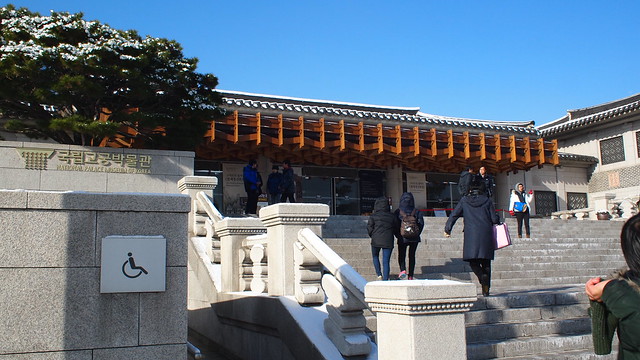
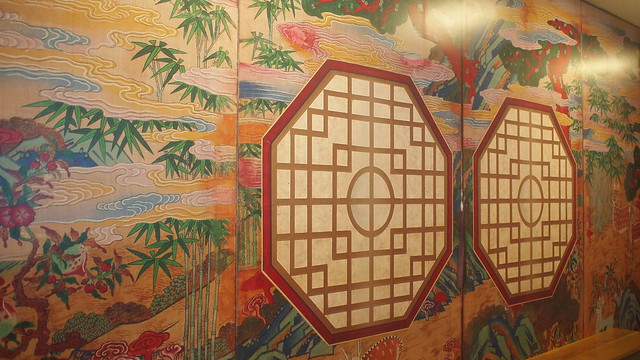
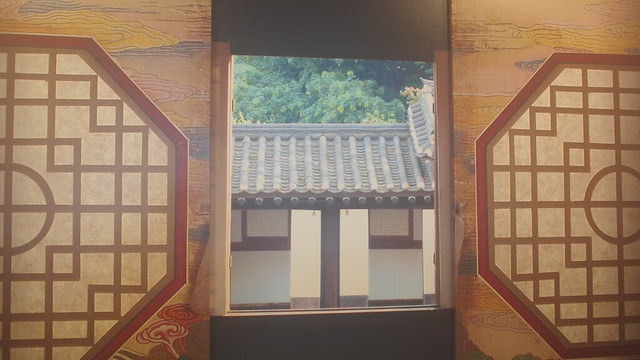
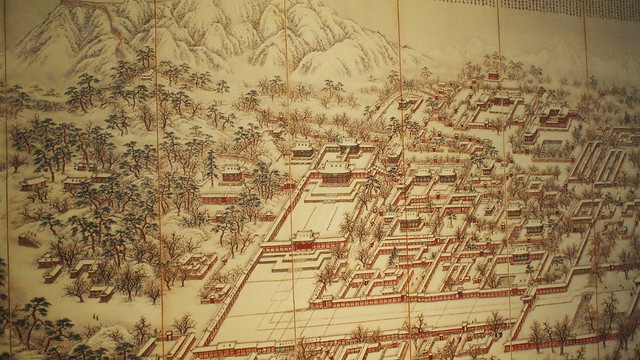
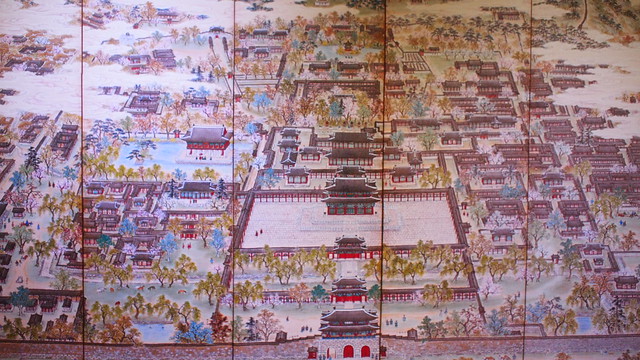

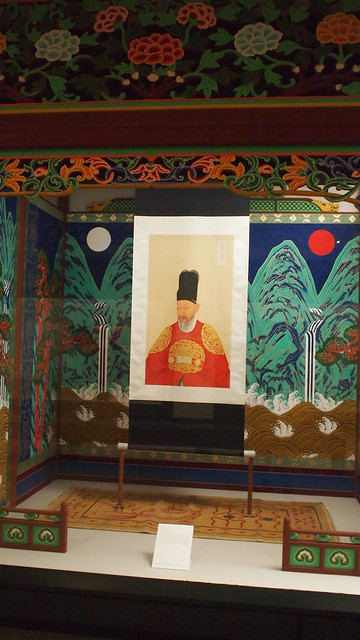
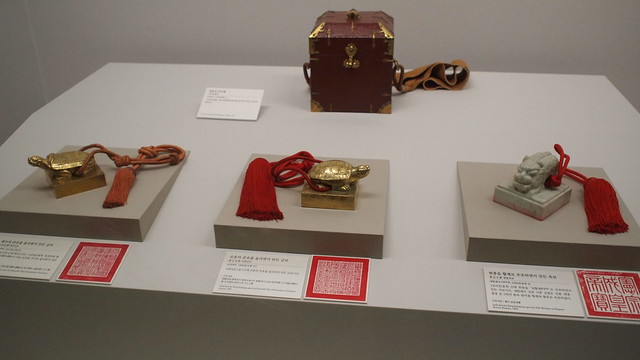

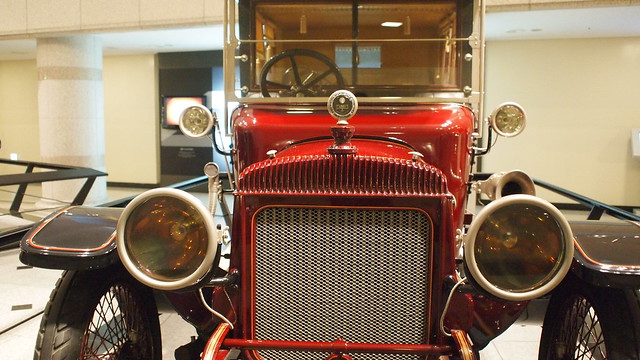
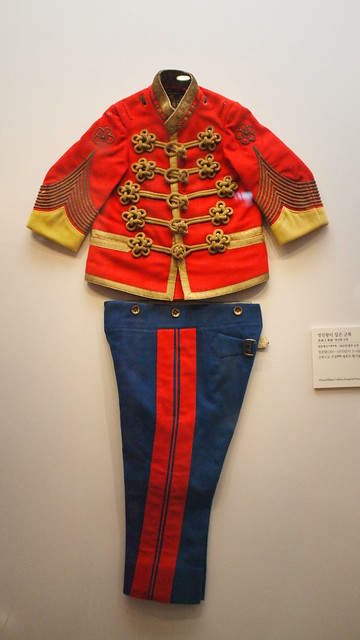
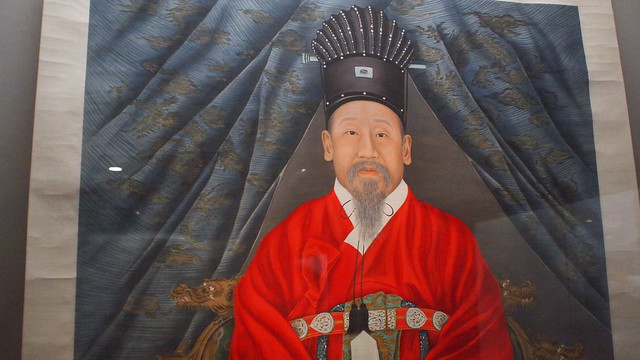
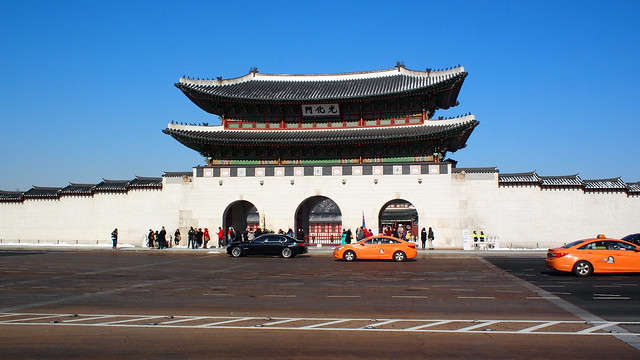
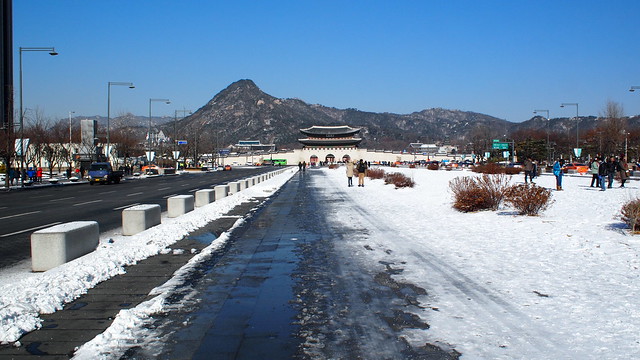

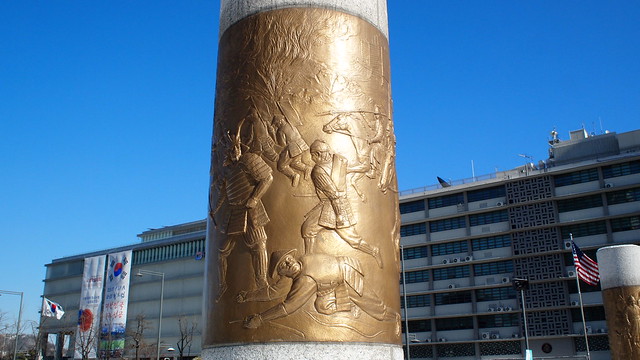

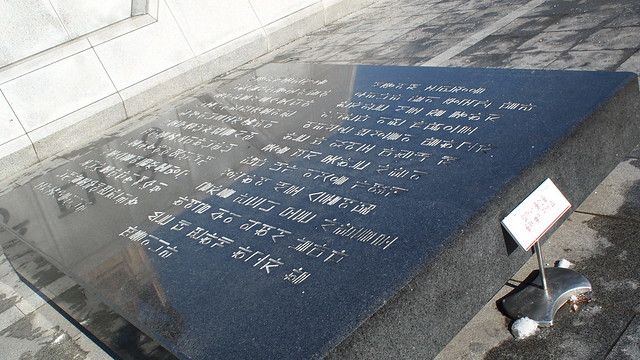
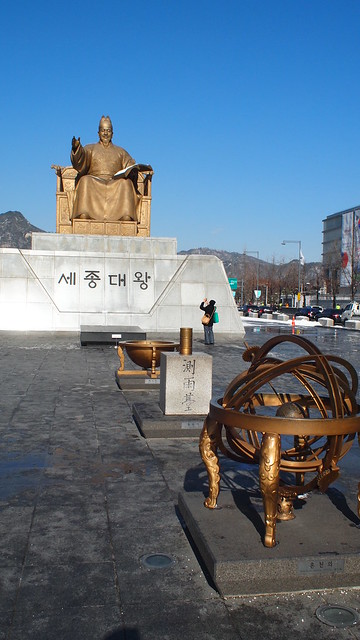
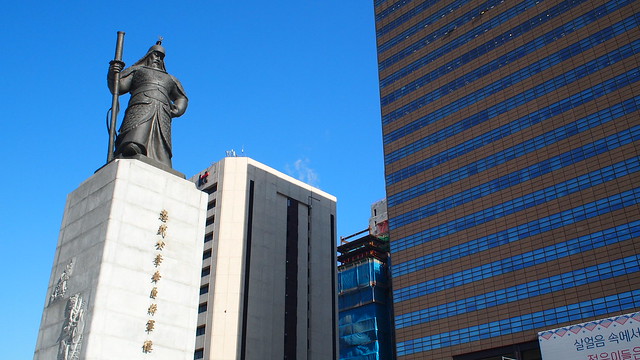
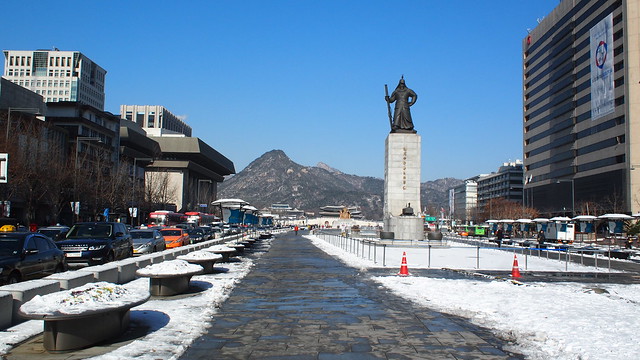
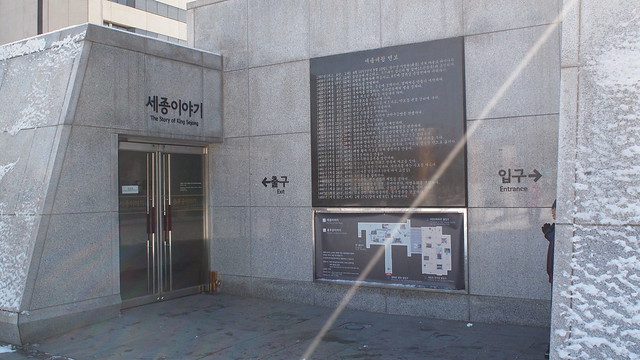
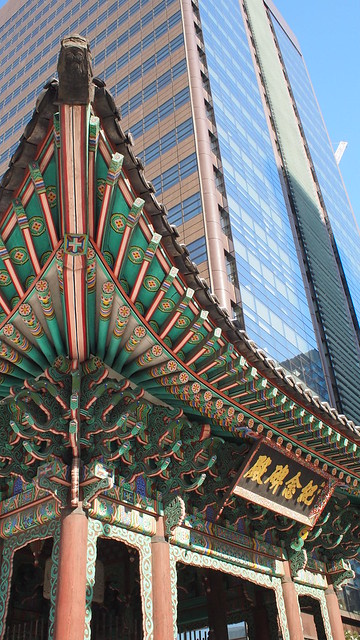



No comments:
Post a Comment